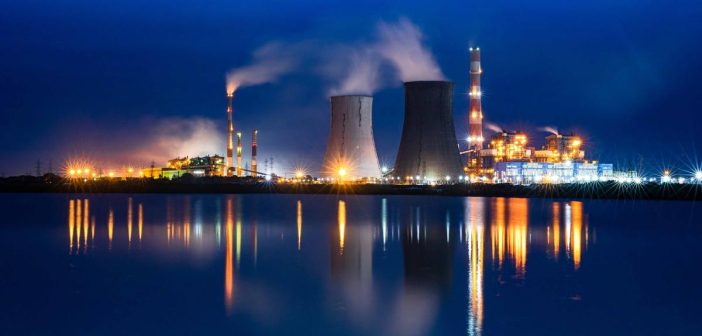India has taken significant steps to revolutionize its nuclear energy sector, with groundbreaking policy decisions, substantial budgetary increases, and stringent safety measures laying the groundwork for an ambitious expansion. The government has committed to strengthening nuclear energy generation and infrastructure while inviting private sector participation, marking a major shift in the nation’s approach to atomic energy.
In a recent parliamentary address, the Union Minister for Atomic Energy outlined the remarkable achievements and future plans for the sector. He underscored the rapid growth in India’s nuclear capacity, which has seen installed power generation double from 4,780 MW in 2014 to 8,880 MW as of 2025. Overall nuclear power generation has surged from 22,480 MW to 35,333 MW in the same period, highlighting the nation’s commitment to clean and sustainable energy.
The minister attributed this progress to decisive actions, including the 2017 Union Cabinet’s unprecedented approval of ten reactors in a single session—a milestone in the country’s nuclear history. He also revealed that the 2025 Union Budget allocated approximately $4.5 billion (₹37,483 crore) to the Department of Atomic Energy, representing a 170% increase compared to the $1.7 billion (₹13,879 crore) allocated in 2014. This funding has been designated for infrastructure development, safety protocols, and research initiatives, solidifying India’s position as a leader in nuclear innovation.
The state of Rajasthan has emerged as a crucial player in this growth, hosting seven of the country’s 25 operational reactors. Additionally, the revival of a previously inactive unit and the construction of a new reactor in Haryana signal a strategic geographical expansion beyond traditional hubs like Tamil Nadu, Andhra Pradesh, Maharashtra, and Gujarat.
A key feature of this expansion is the decision to open the nuclear sector to private enterprises. By encouraging private sector participation, the government aims to accelerate development, diversify funding sources, and align with global best practices. The minister emphasized that this approach would create a robust resource pool, allowing the sector to advance without over-reliance on public funds.
Safety remains paramount in the government’s nuclear energy strategy. Adopting a “safety first, production next” philosophy, the sector enforces rigorous protocols, including quarterly monitoring during construction phases, biannual reviews during operations, and comprehensive assessments every five years. Radiation safety has also seen significant improvements; for instance, radiation levels at the Kudankulam plant have dropped from 0.081 micro-sieverts in 2014 to negligible levels, while Kalpakkam has experienced reductions from 23.140 micro-sieverts to 15.96 micro-sieverts.
India’s waste management systems adhere to global standards, ensuring safe storage and reuse of nuclear by-products. Waste is initially stored on-site for five to seven years before being transferred to specialized “Away From Reactor” facilities for long-term storage. The minister dismissed concerns about central repositories for nuclear waste, affirming that each facility manages its own disposal needs effectively.
Further advancements include ongoing uranium exploration in Rajasthan, with environmental clearances expected soon. The Chutka Nuclear Project in Madhya Pradesh has nearly completed procedural formalities, including land acquisition and environmental approvals, with resettlement challenges being addressed collaboratively with the state government. Meanwhile, the Shivpuri project awaits water supply arrangements, with discussions in progress.
These initiatives form part of a broader mission to promote self-reliance in nuclear technology while meeting India’s growing energy demands. The minister concluded by reiterating the government’s vision for a safe, self-sufficient nuclear sector, powered by innovation, strategic investment, and enhanced private sector involvement.
India’s commitment to expanding its nuclear energy capacity underscores its role as a key player in the global transition to clean and sustainable energy, balancing growth with safety and environmental stewardship.





